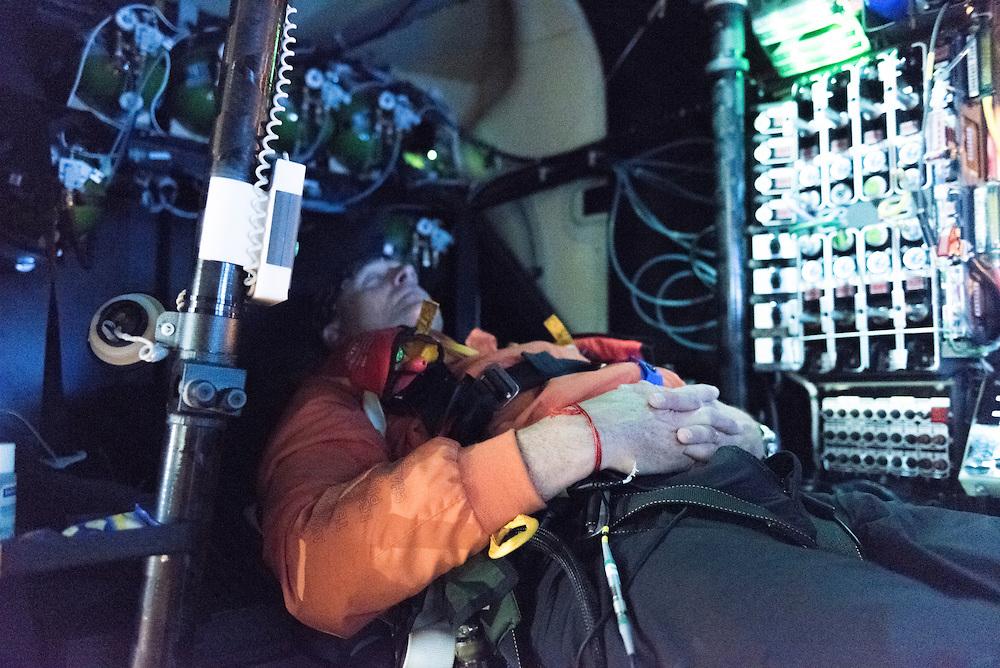After nearly 118 grueling consecutive hours over the Pacific Ocean, the sun-powered Solar Impulse 2 is back on land -- and freshly stamped into aviation record books.
Pilot Andre Borschberg landed the plane on the Hawaiian island of Oahu on Friday morning, five days after he took off from Japan -- ending the longest and most dangerous leg in his team's attempt to fly around the world without a drop of fuel.
The leg -- the eighth of a planned 13 -- set a record for the world's longest nonstop solo flight in terms of time. It also was the longest flight in time and distance (more than 8,200 kilometers, or 5,100 miles) for a plane run only on solar power, organizers said.
After landing at Oahu's Kalaeloa Airport, Borschberg opened the cockpit door and waved to a cheering crowd.
Borschberg -- having been seated for five straight days -- didn't attempt to stand until another 50 minutes passed. Someone climbed up to the cabin to give him a leg massage before he finally stepped onto a platform.
"So much joy. So much incredible feeling," the Swiss pilot said moments later.
After weeks of weather delays, Borschberg set off Sunday from Japan on a journey across the Pacific.
The aircraft was in a holding pattern near Hawaii for hours, waiting for optimal landing conditions. The Solar Impulse team's Twitter feed described seeing the plane's landing lights in the skies above Hawaii as a "very emotional moment."
Borschberg's family and co-pilot Bertrand Piccard -- who alternates the flight legs with Borschberg in the team's attempt to fly around the globe -- met him in Hawaii.
The Solar Impulse team says it scheduled the journey, which began in Abu Dhabi, United Arab Emirates, in March and was meant to end by July, to maximize the amount of daylight.
But because of delays, the team said it probably can't finish in that window, so the journey eventually will pause for the year so that it can be completed in 2016.

Solar Impulse 2 starts round-the-world journey 21 photos
EXPAND GALLERY
Daylight maximization is key because the top of the plane's wings and fuselage are covered with more than 17,000 solar cells. Gathering the sun's rays during the day allows the Solar Impulse to fly continuously through the night on battery power, typically at a speed no faster than a car.
If they succeed, Borschberg and Piccard will be the first aviators in history to fly a plane around the world powered only by solar energy.
Posting on his own Twitter feed, Borschberg reflected on the challenges of the latest solo leg.
"During the fourth day I felt very tired, having climbed the equivalent altitude of Mount Everest four times," he said, adding that it was hard to keep his energy in balance with that of the plane.








No comments:
Post a Comment